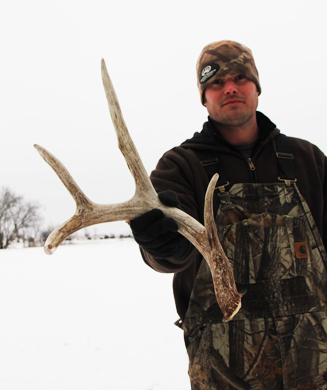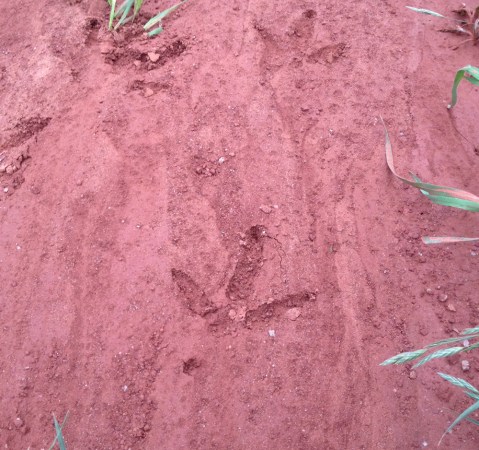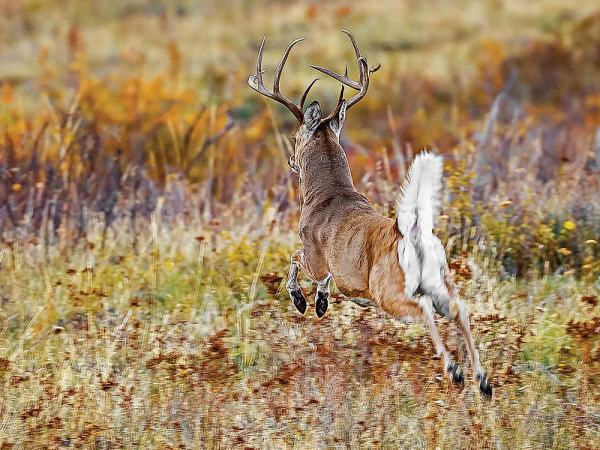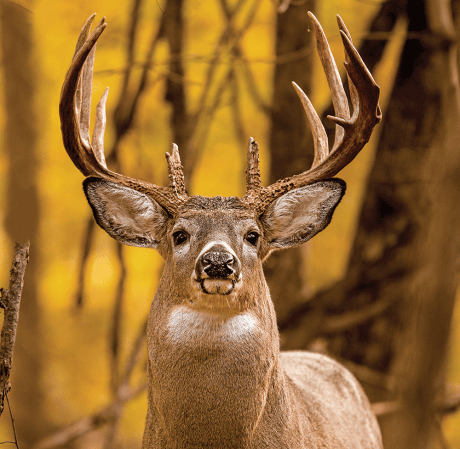Nothing fires up a bowhunter better than the first buck rub of the year. I get wide-eyed and crazy every time I see one. And, I start formulating game plans when I do. Below is what you need to know about buck rubs.
1) Why Bucks Rub Trees
I—nor do deer researchers—fully understand the communicative value of buck rubs. That said, we do know that bucks rub to remove velvet. It’s also common belief that bucks rub secretions from their forehead glands onto tree trunks as a form of communication within the herd.
2) Preferred Trees
I don’t know about all regions, but everywhere I’ve hunted, it seems most bucks prefer coniferous trees to rub on. Cedars and pines are top-choice timber for buck rubs. Maybe it’s the loose, flaky bark and softer wood. Maybe it’s the high-sap content. Your guess is as good as mine.
3) Orientation Is Important
Pay attention to the location of rubs. A single rub on a field edge was likely made after dark by a feeding whitetail. A line of rubs coming out of thick cover is a sure-fire travel route from bed to feed.
4) The Side Of The Tree
Take heed what side of the tree the rub is on. Rubs generally point in the direction a buck came from when he made it. Remember this the next time you come across a series of rubs. Most times, all of them face the same direction. Many rubs (but certainly not all) are made at night. Because we know this, we can observe what side of the tree the rub is on and have a general idea which direction that buck is bedding.
5) Look Left And Right
Look at trees and branches adjacent to the rub. Wider bucks will rub trees and scruff up surrounding vegetation as well. If an additional tree trunk 9 or 10 inches to the right is nicked up, it’s safe to say that buck could have a good spread.
6) Size Matters, Except When It Doesn’t
Both small bucks and big bucks can make small rubs. But only big bucks can make big rubs. My point? Don’t get too wrapped up in the size of the rub. Instead, get more excited over a rub that is higher up the tree. This is indicative of an older deer.
7) How To Hunt Them
Single rubs aren’t worth fussing over. On the contrary, a series of rubs are. A series of rubs is a good sign of a consistent travel route. But hunt them as quickly as possible. A buck’s behavior will change as food sources change. Wait for conditions to ripen and then camp out downwind of the rub line.





























